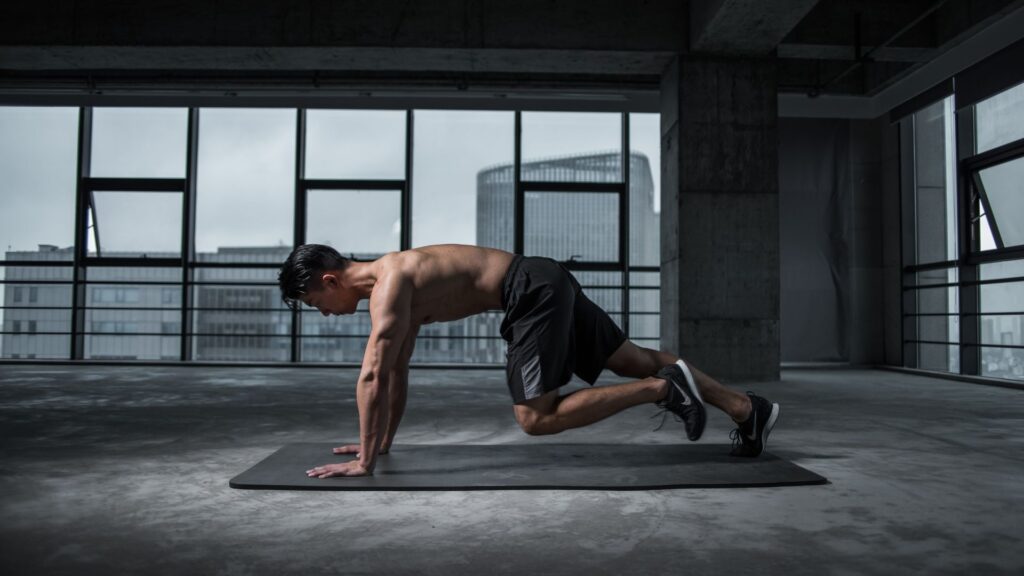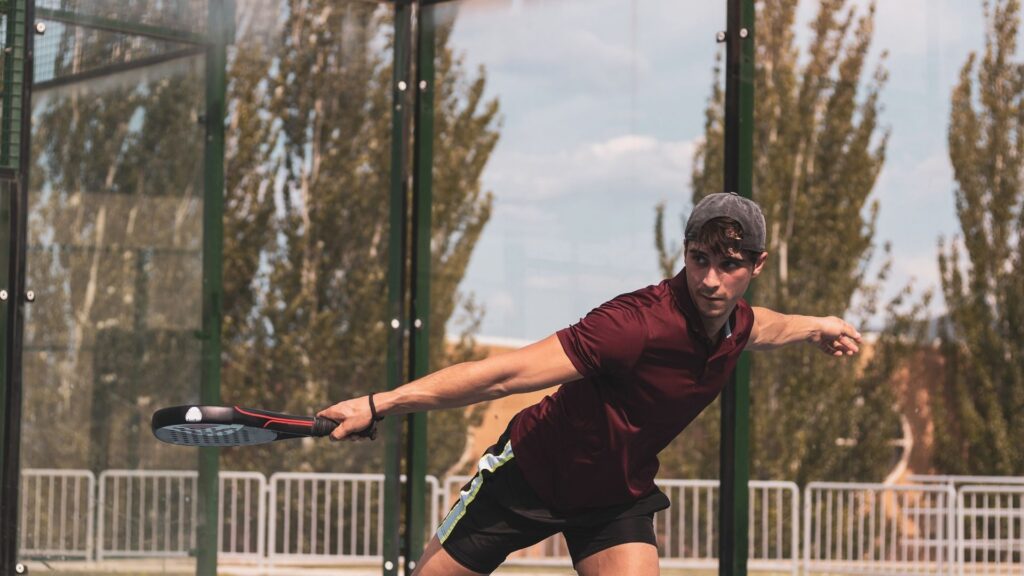Padel, a racquet sport that blends the elements of tennis, squash, and badminton, is not just a thrilling game but also an excellent full-body workout. Its fast-paced nature and unique playing style engage various muscle groups, making it an effective exercise for those looking to enhance their physical fitness while having fun. This article explores the primary muscles padel trains, shedding light on why this sport is becoming a favorite among fitness enthusiasts.
Core Stability: The Foundation of Strength
At the heart of padel’s physical demands is core stability. The core muscles, including the abdominals, obliques, and lower back, are crucial for maintaining balance and posture during the game. Rapid changes in direction, powerful swings, and constant movement require a strong core to execute effectively. Strengthening these muscles can improve overall athleticism, reduce the risk of injuries, and enhance performance not only in padel but in other sports and daily activities.
Upper Body: Power and Precision
The nature of padel, with its frequent and varied shot types, places significant emphasis on the upper body muscles. The shoulders (deltoids), chest (pectoralis major), and upper back (latissimus dorsi and rhomboids) are engaged with each swing of the racquet. The triceps and biceps play a pivotal role in controlling the racquet and generating power behind each shot, making upper body strength and flexibility vital for a powerful and precise game.
Lower Body: Agility and Endurance
Padel’s quick starts, stops, and lateral movements demand a lot from the lower body. The quadriceps and hamstrings are essential for sprinting and rapid direction changes, while the calves (gastrocnemius and soleus muscles) provide the necessary push-off power. The glutes, particularly the gluteus maximus, are engaged in running, jumping, and lunging, contributing to the explosive movements needed to reach the ball and maintain an aggressive playing stance.
Enhancing Cardiovascular Health
Beyond muscle strength and flexibility, padel is an excellent cardiovascular workout. The constant movement, coupled with the strategic play and bursts of speed, keeps the heart rate up, promoting heart health and endurance. Regular padel sessions can be an effective way to improve cardiovascular fitness, aiding in weight management and boosting overall energy levels.
Conclusion: A Sport for the Body and Mind
Padel offers a unique blend of physical and mental challenges, making it an ideal sport for those looking to improve their fitness in a dynamic and social setting. By engaging multiple muscle groups, from the core to the limbs, padel provides a comprehensive workout that enhances strength, flexibility, and cardiovascular health. Whether you’re a seasoned athlete or a fitness newcomer, stepping onto the padel court can be a step towards a healthier, more active lifestyle.
As padel continues to grow in popularity, it’s clear that its benefits extend far beyond the court. By understanding the muscles it trains, players can tailor their fitness routines to improve their game while reaping the broader health benefits padel has to offer. So, grab a racquet, step onto the court, and experience the power of padel for yourself.

